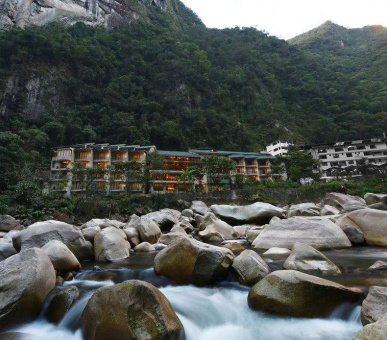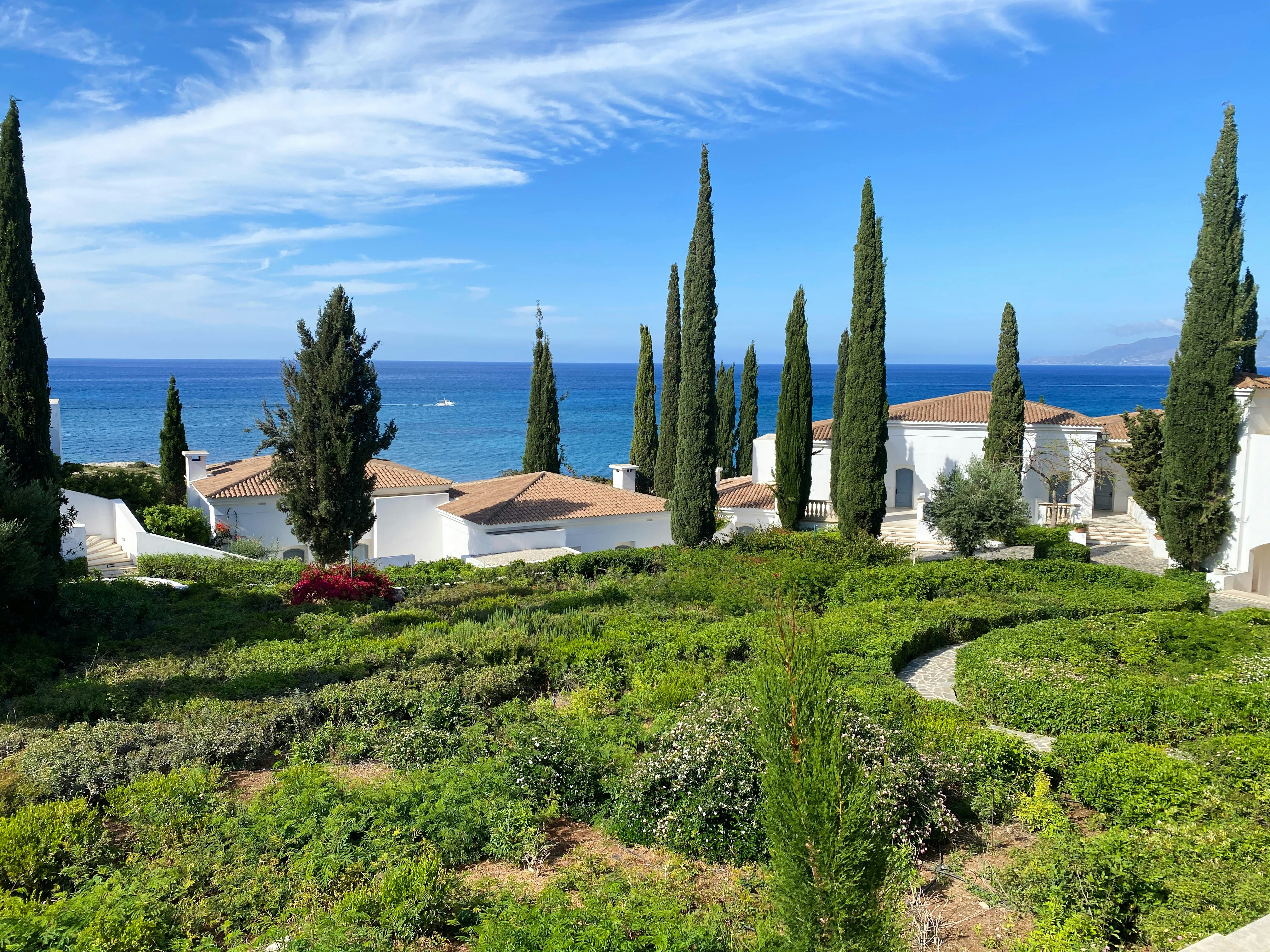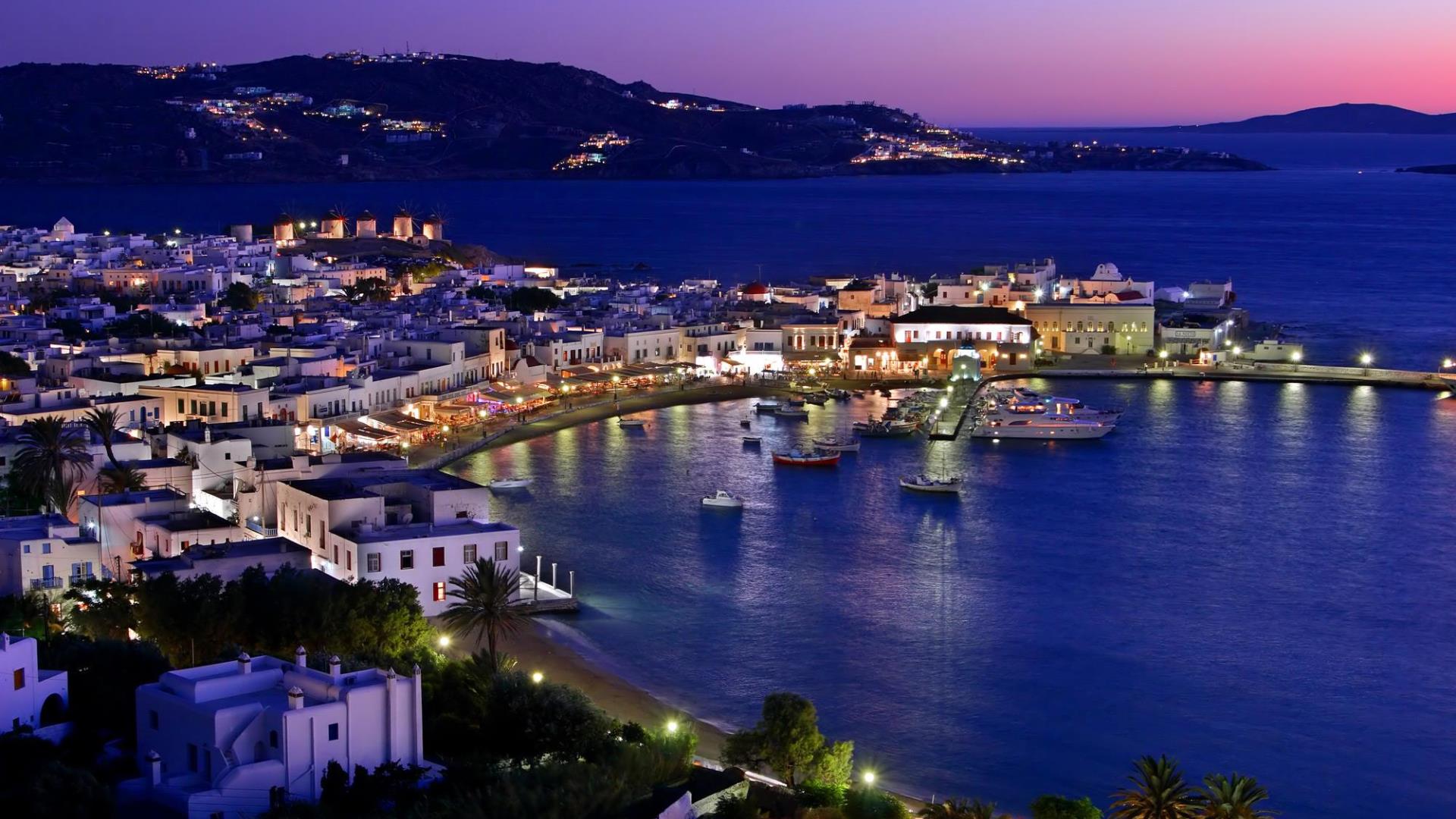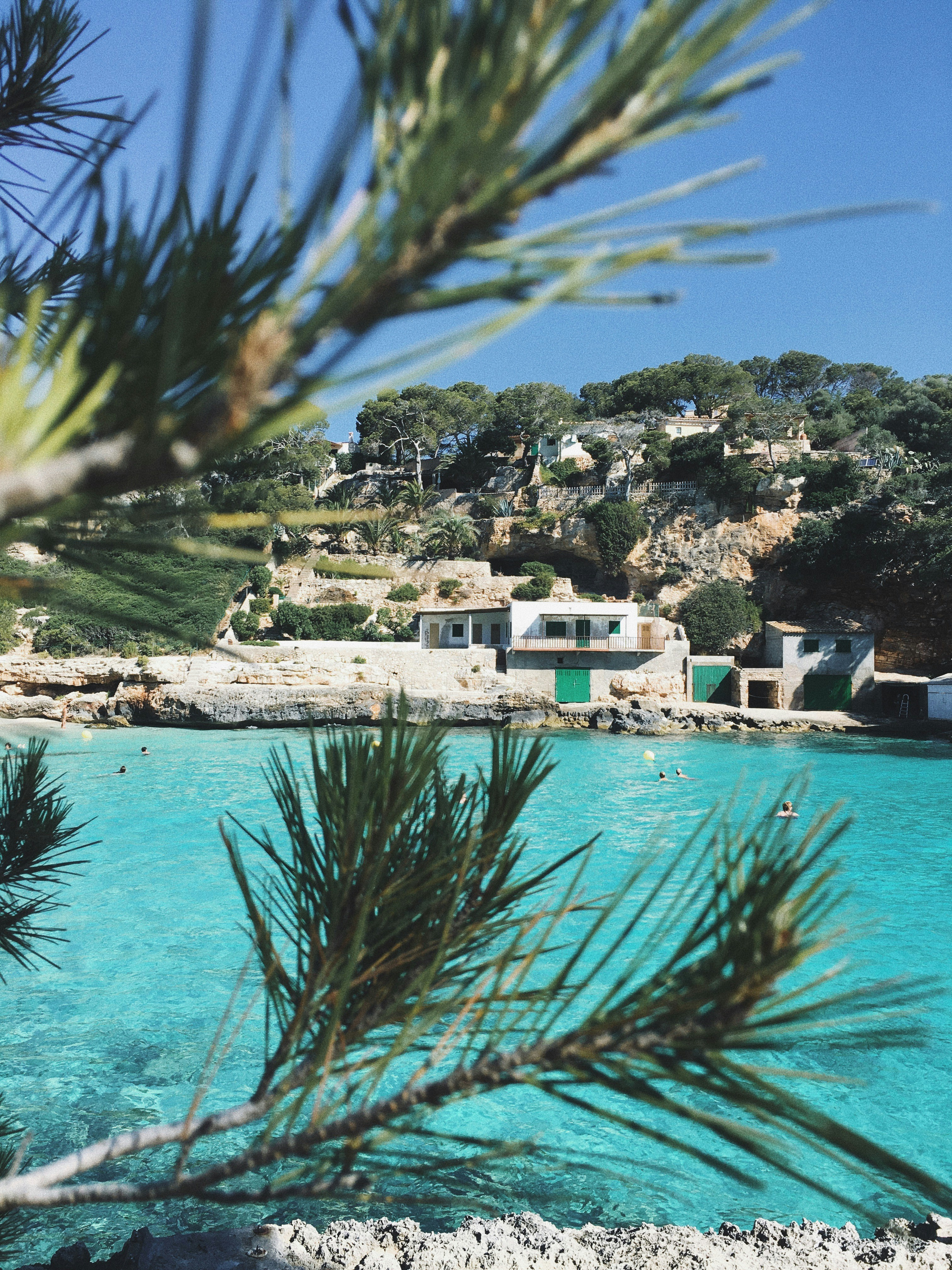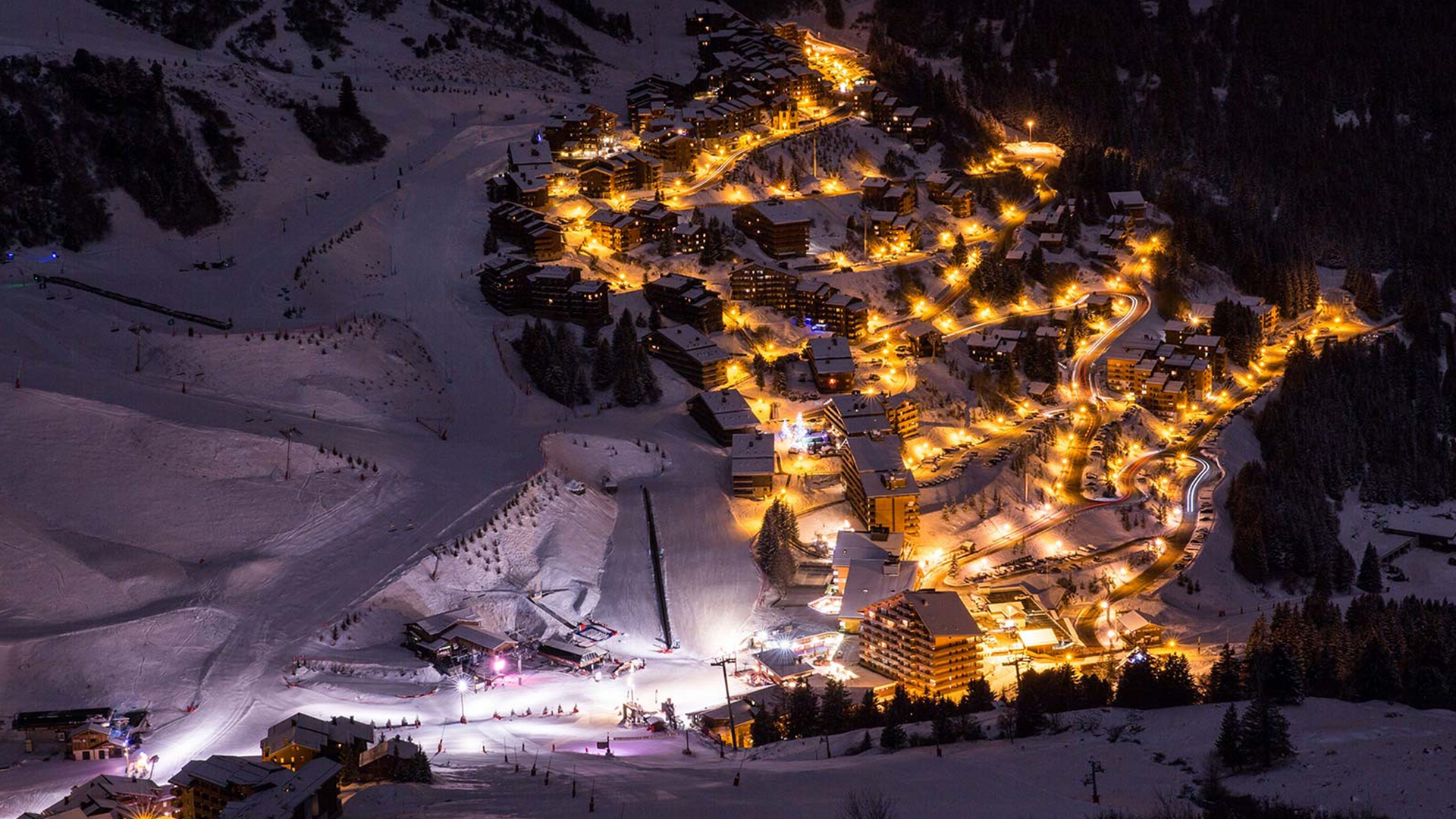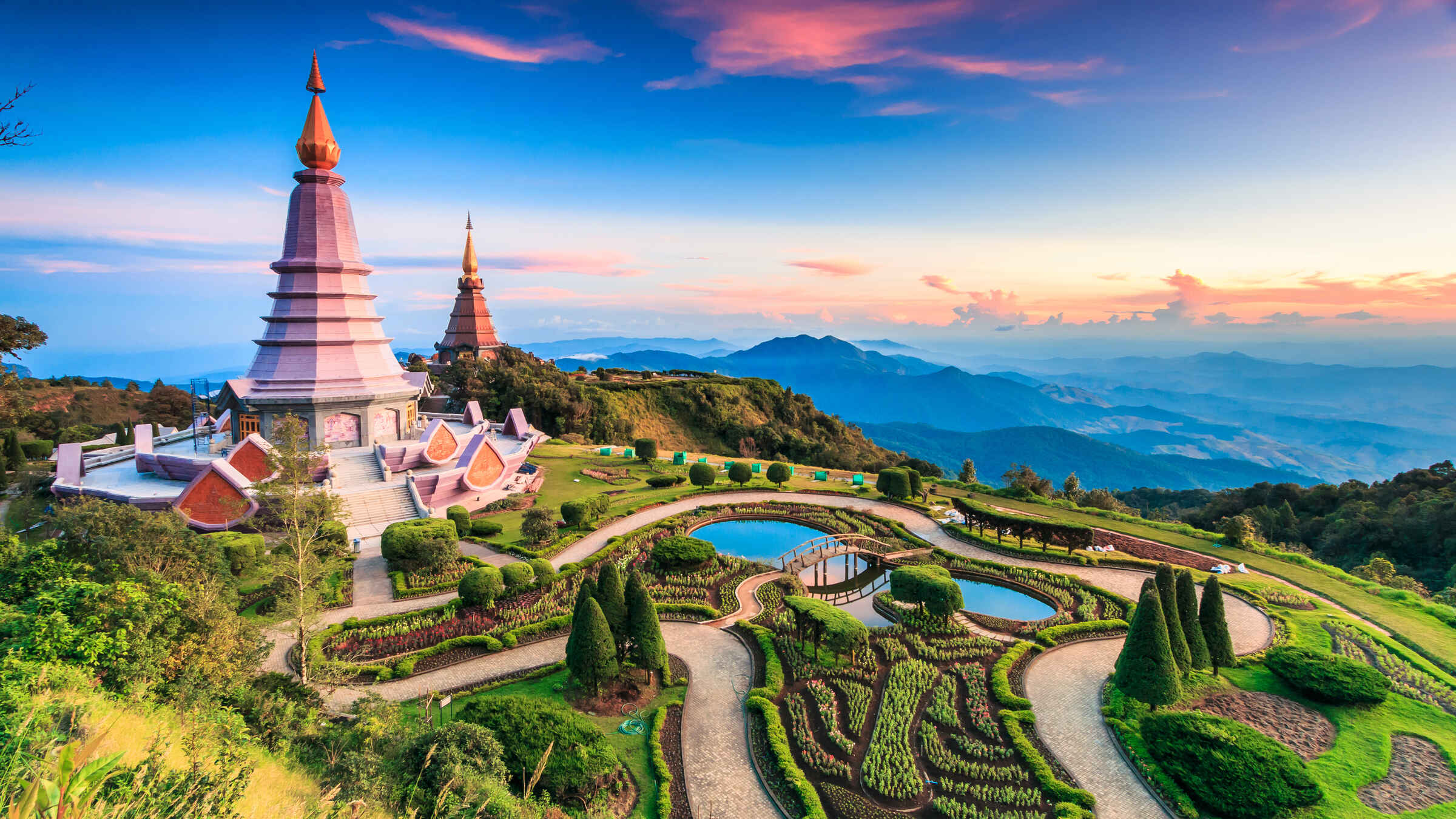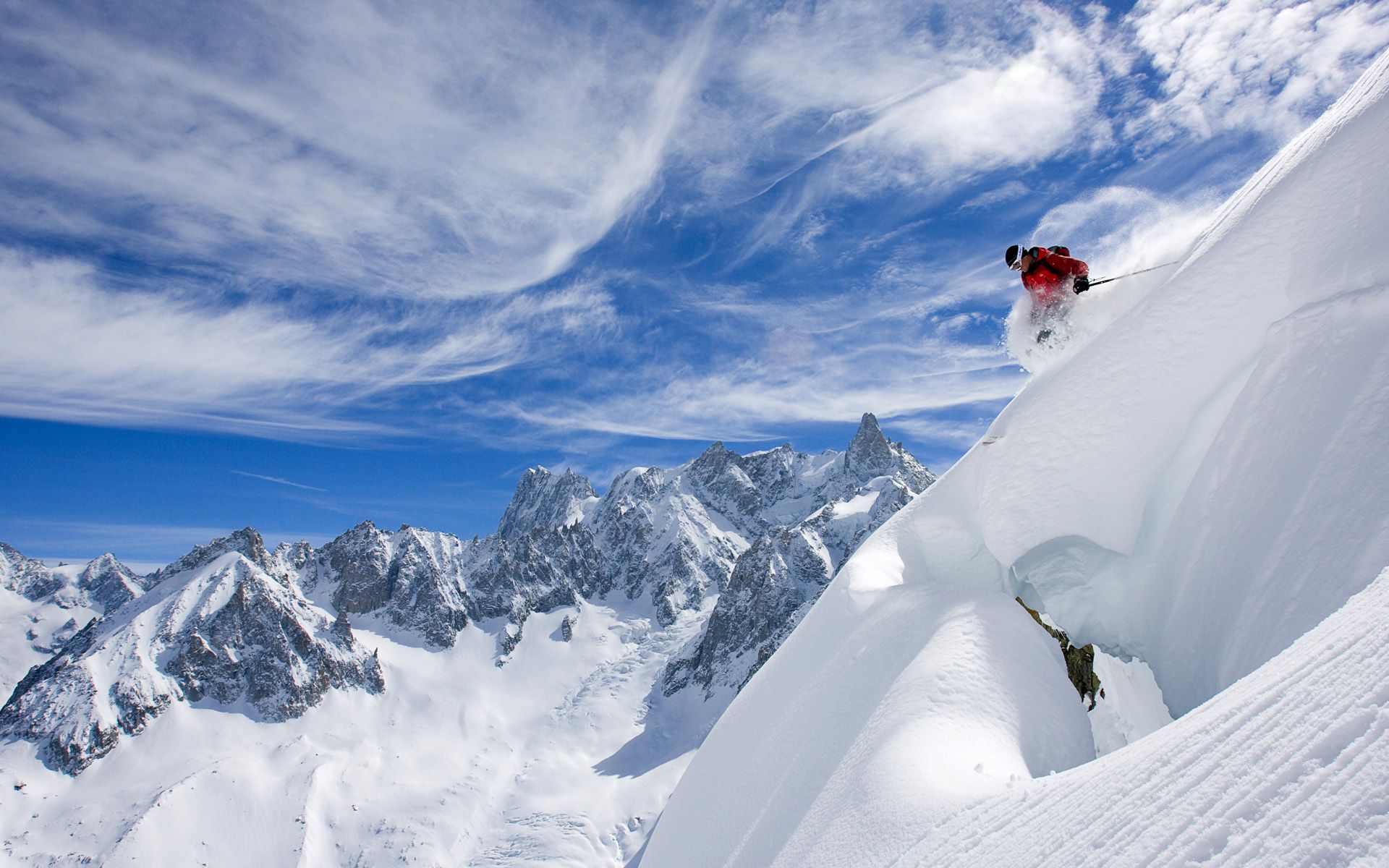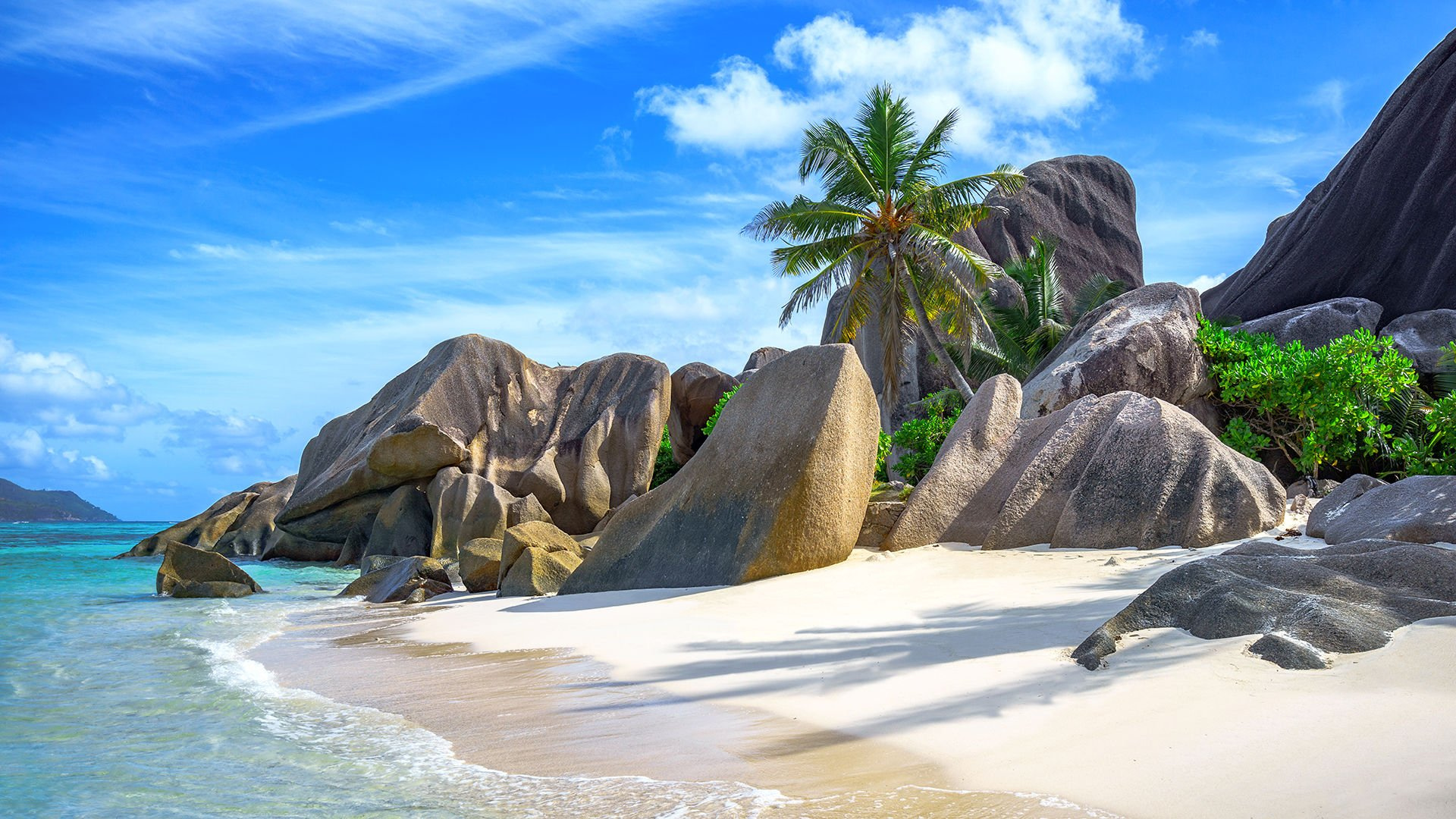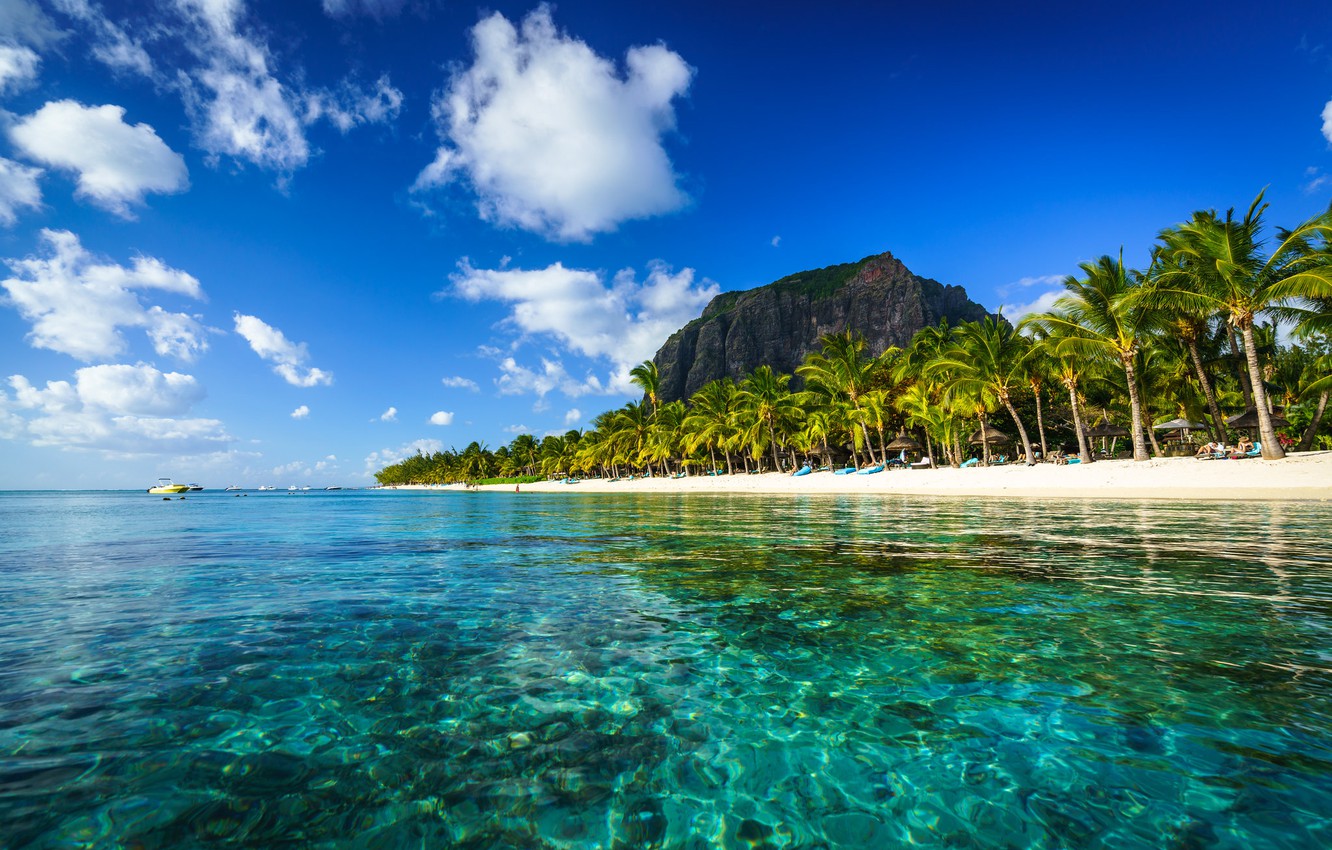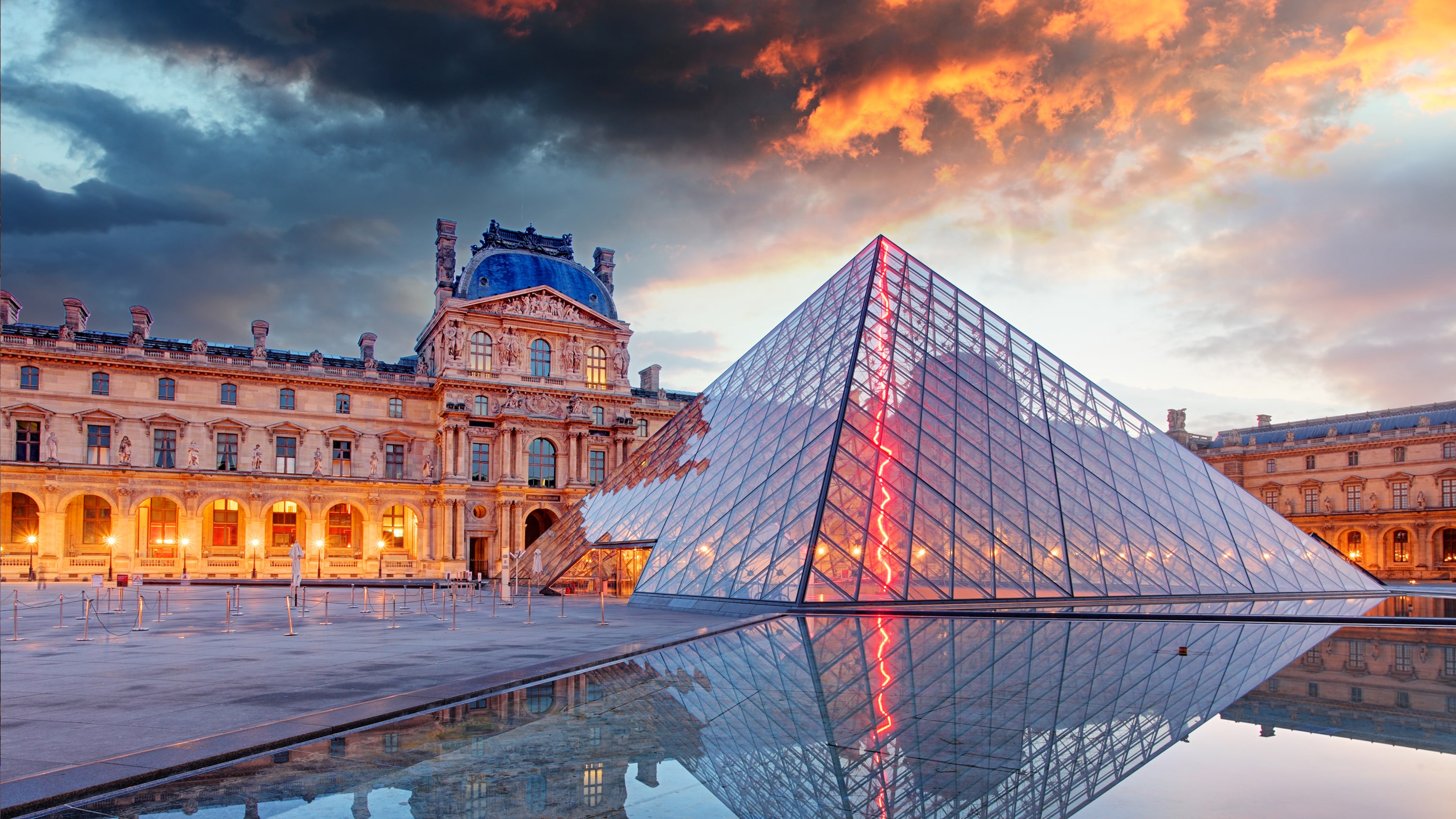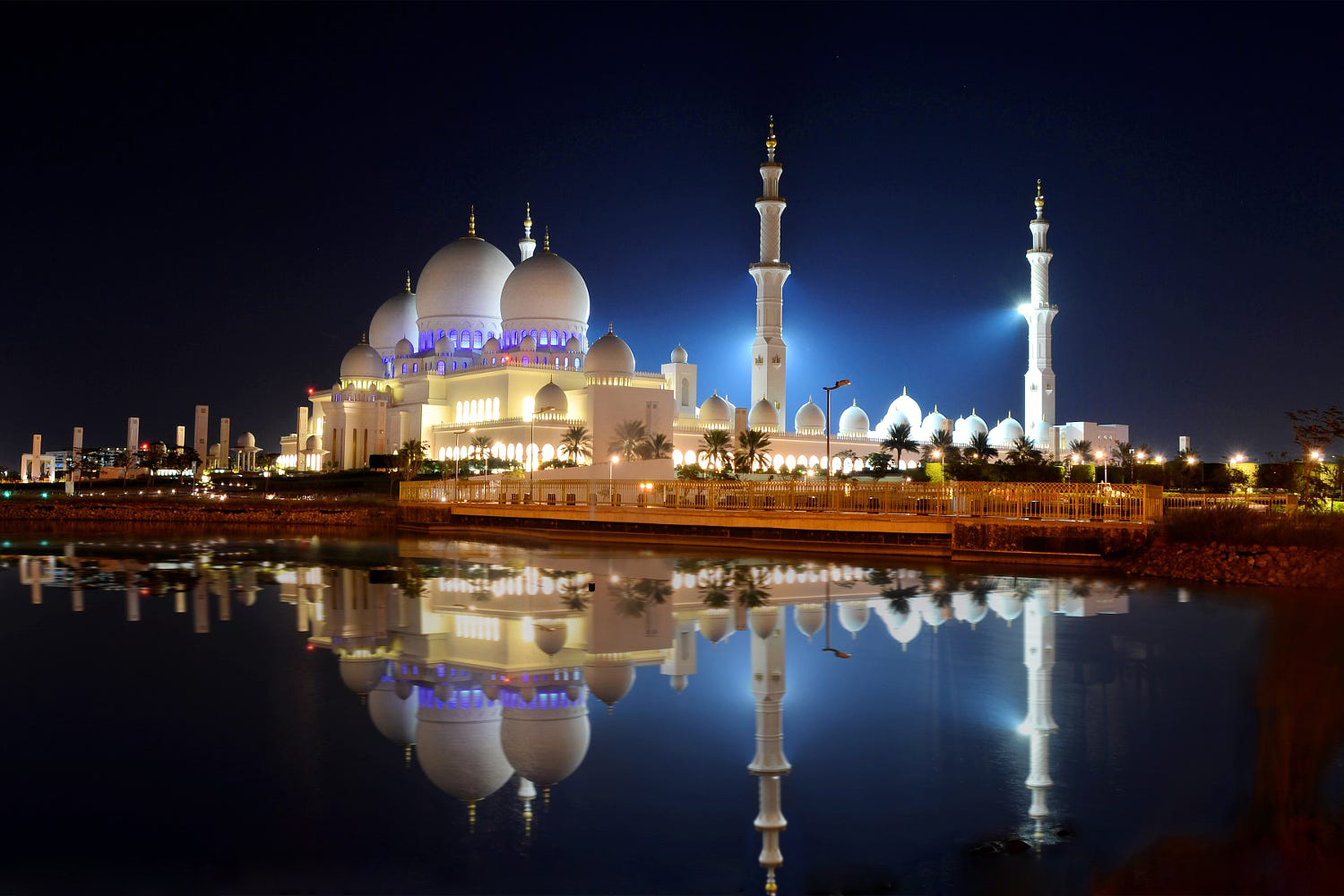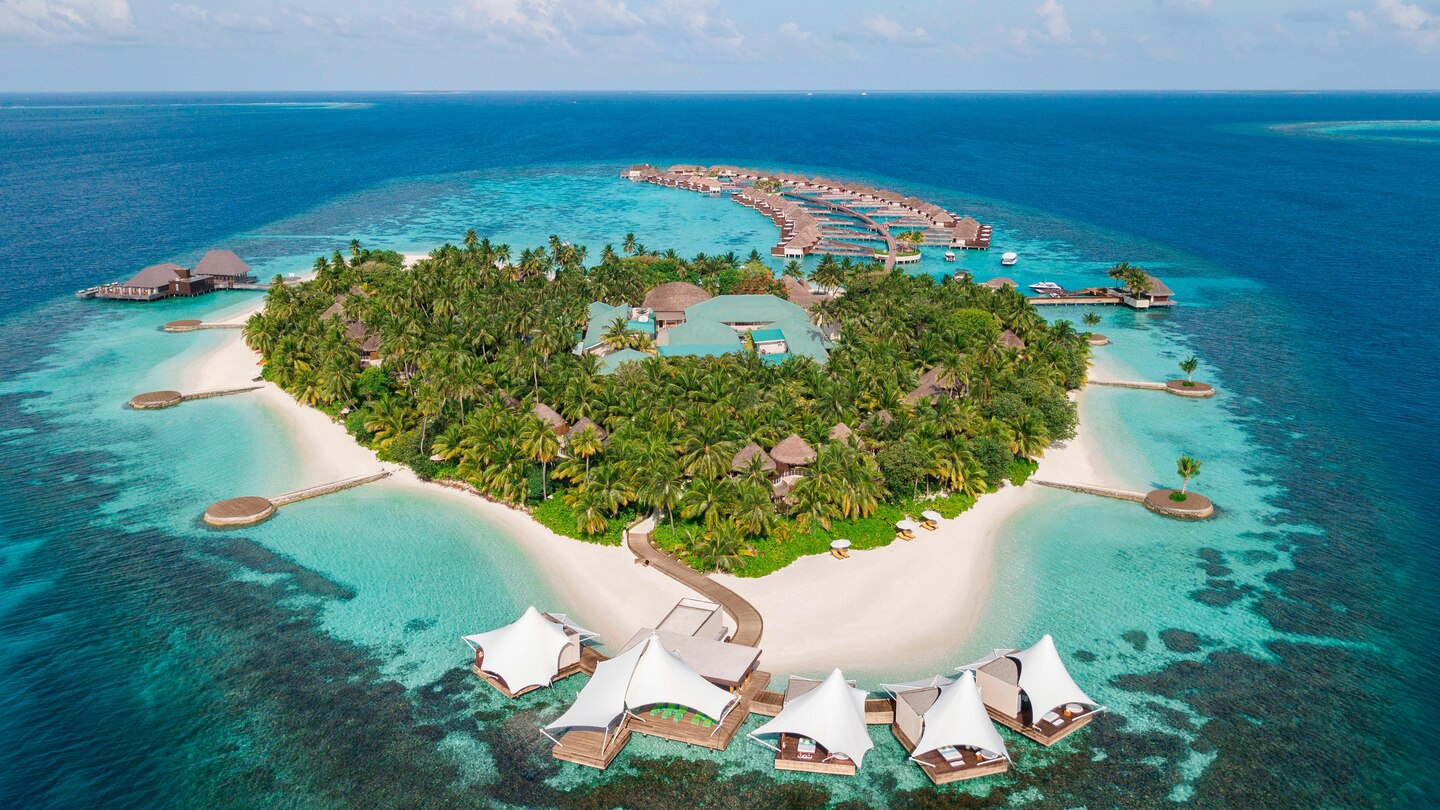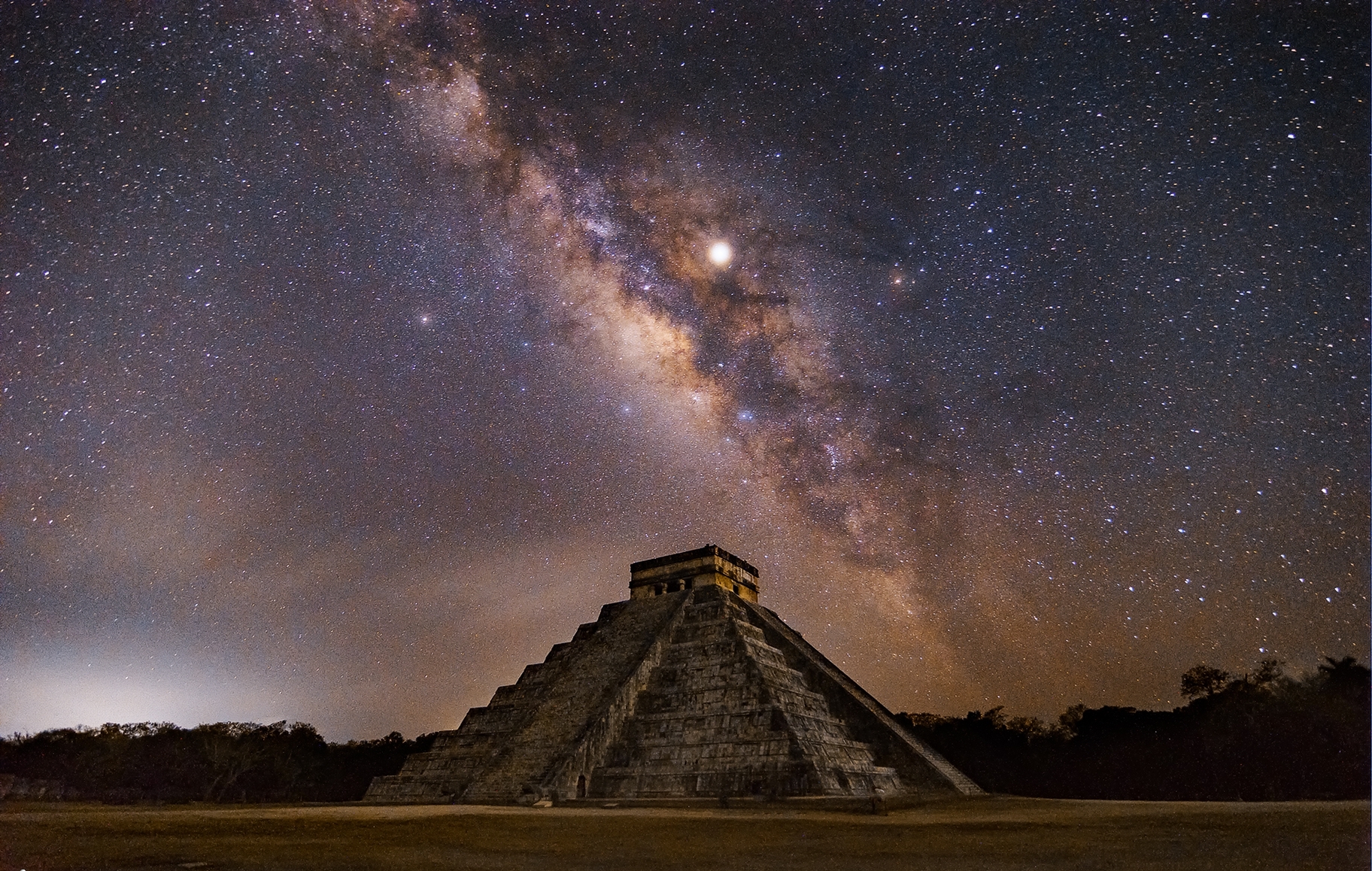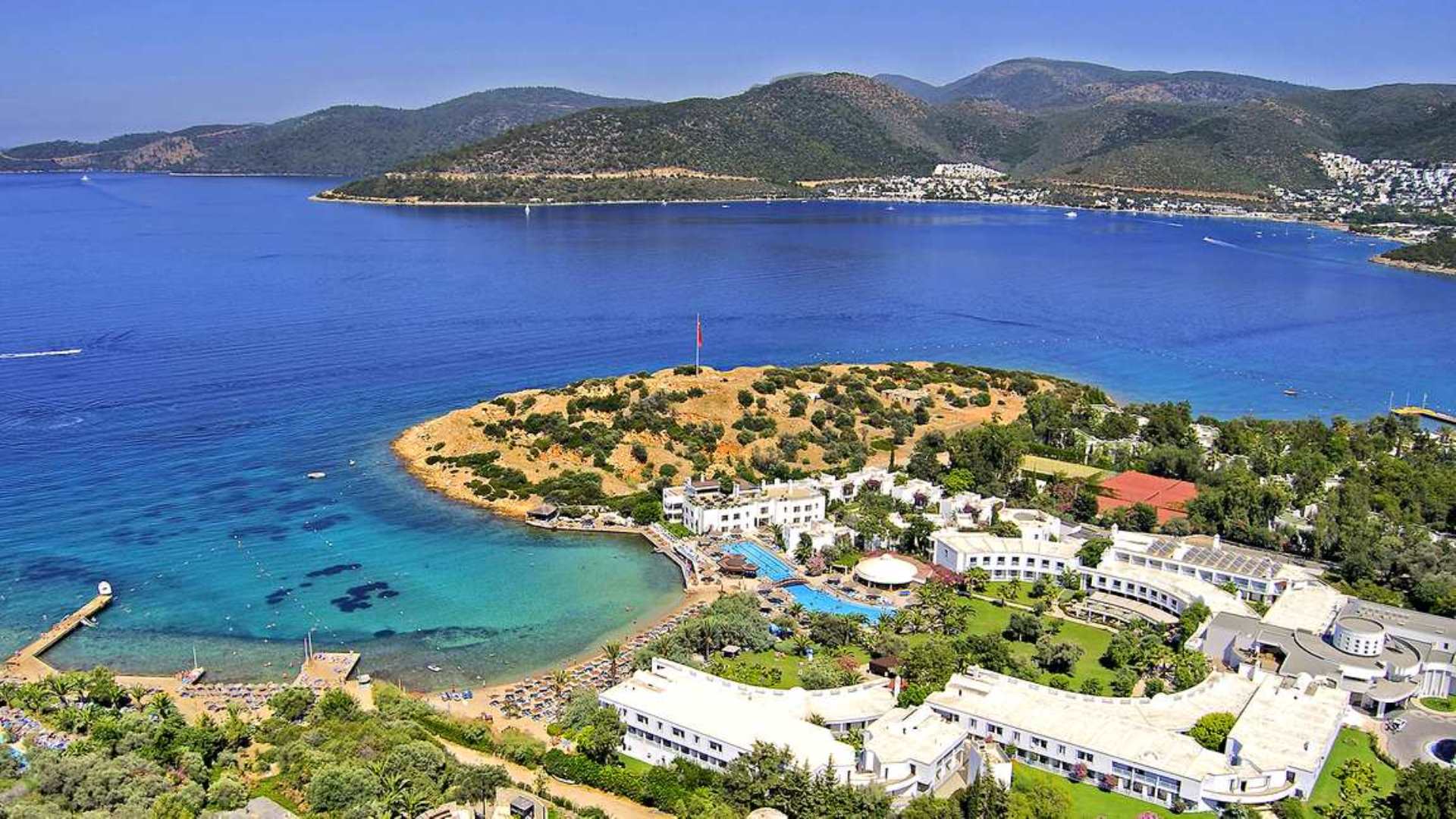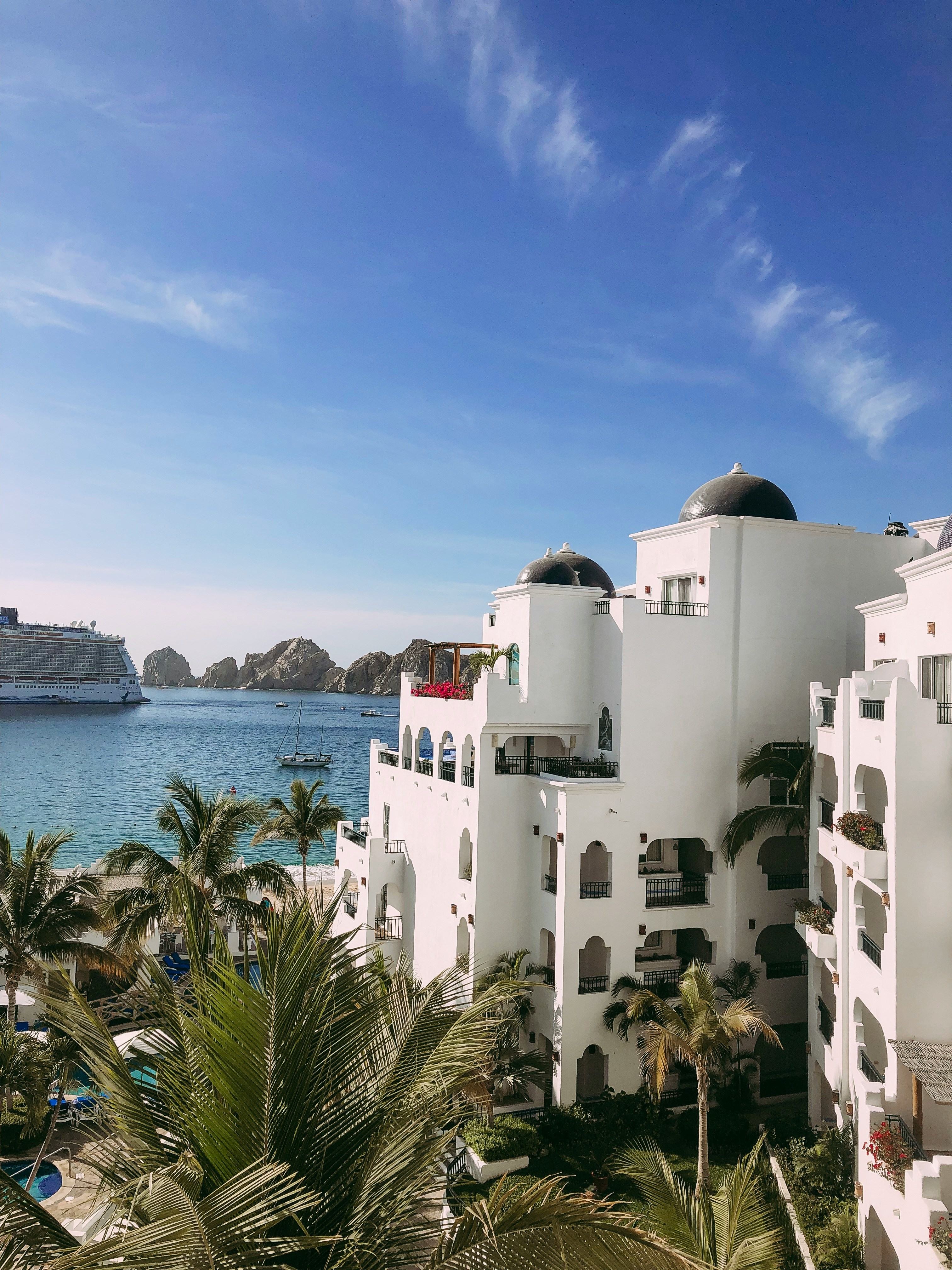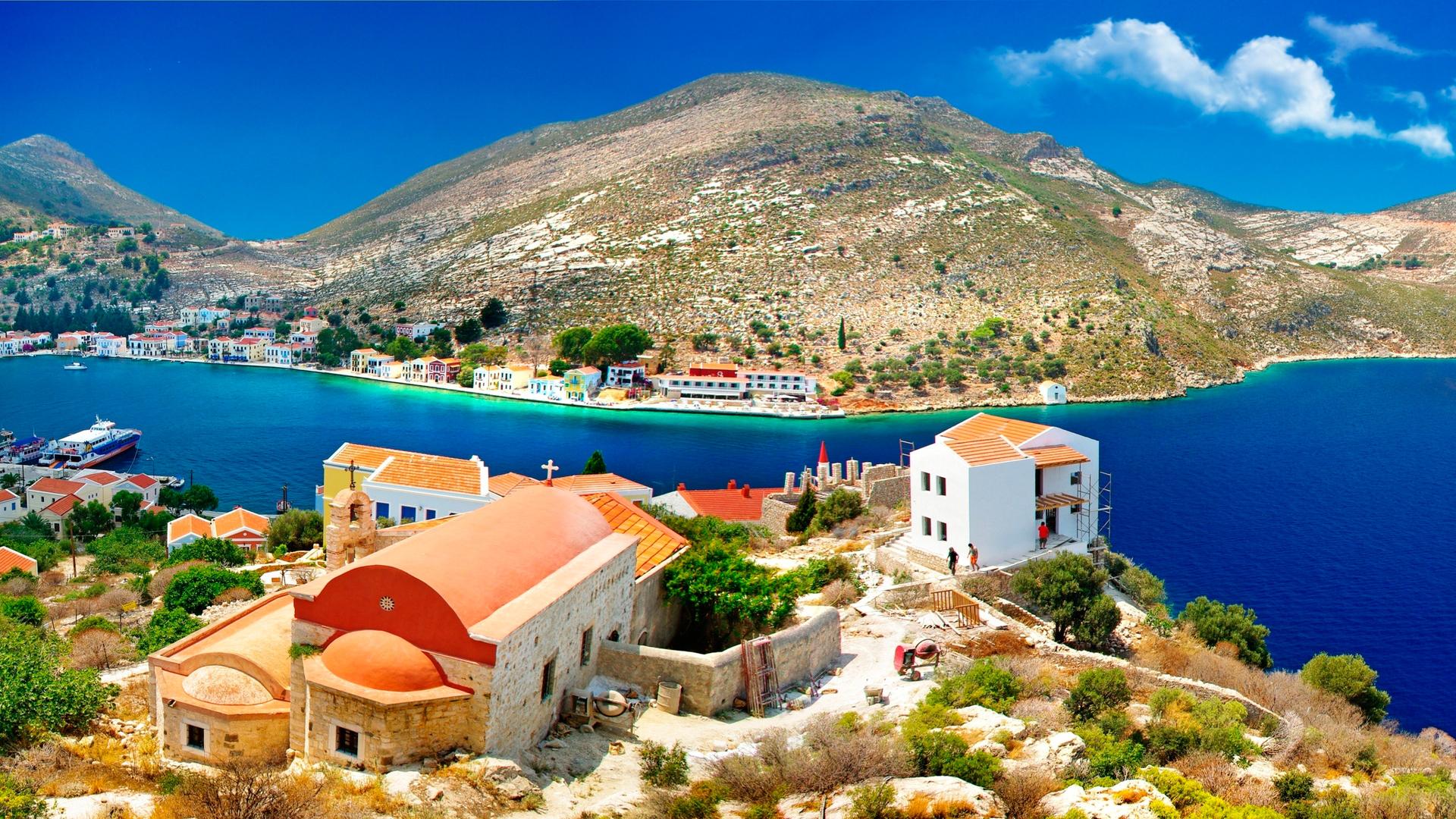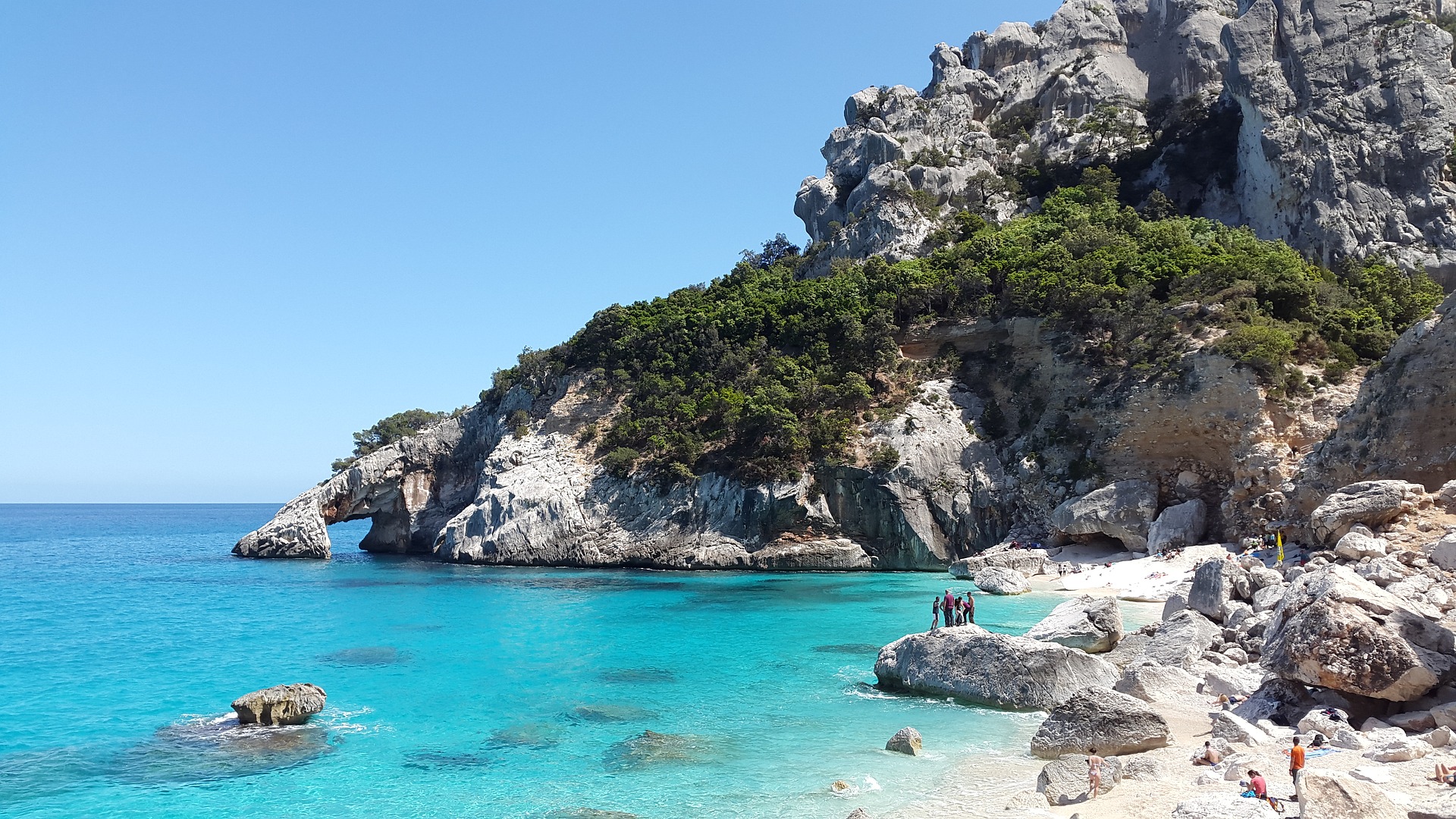Holidays in Machu Picchu
Hotels






Macha Picciu is called the lost city of Inkov, where the most enlightened priests have left since the fall of the Ink Empire and who the Spanish have never been able to find.
A lot of assumptions and hypotheses exist about this place, but it is true and unaware when this city arose and by whom it was founded.
Machu from the kechua means "old," piccuum is "hora." Machu Picchu is a range of archaeological groups, which now number 24 (and are constantly increasing as a result of new research), which are scattered around 33,000 hectares. On the Old Mountain, there is the main part of the historic monument, covering seven square kilometres. Wine Picch, the young mountain, served as a guard tower. The clockmen who were on duty could have suspected a dozen kilometers of locality around and warned in time about the enemy.
Macha Piccha found American researcher Harem Bingham. After a thorough examination of the stone lining and numerous religious structures, they concluded that it was the sacred mountain shelter of the great King of Pachakuti, built about 100 years before the Spanish invasion.
Machu Pichu is not a big city. Some 200 structures are constructed of well-treated stones and tightly attached stoves. According to archaeologists, there were approximately 1,200 people worshipping the Sun God, Ingie. For some reason, they all disappeared before the Spanish invasion.
Because of the lack of space, the temples and the palaces had to be built from each other. The town quartals and individual buildings are connected mainly by staircases, which serve as streets.
The first thing that strikes here is the unusual beauty of the mountain landscape. And then you see the terrace of perfect proportions and symmetry, the sacred area, the ruins and temples of the sun and the temple of the Trech windows, the ruins of various structures, staircases, which are more than 100, the stoned waters.
Of particular interest to visitors is the Sun Stone, Intiutana, which is believed to be an astronomical observatory. There is a hypothesis that Intiutana served solar clocks; stunning stones at different times of the day took shadows of different lengths and on them.
Climate is dry. Two periods, dry (from May to October, mean temperature +9 °C) and wet (from December to March, mean temperature +12 °C).
We need a hat and a sunscreen.

